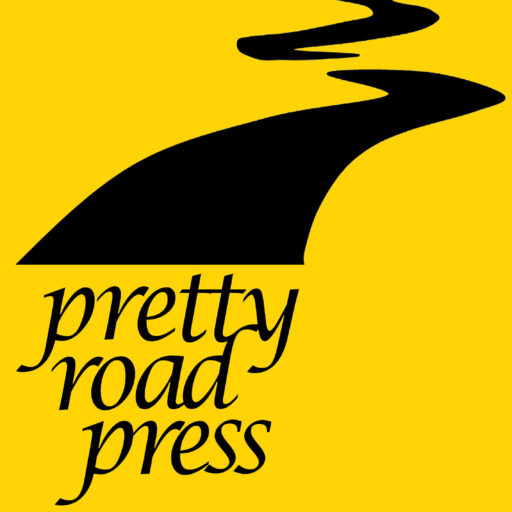Want to sell more books? Follow the lead of Miguel de Cervantes, the author of Don Quixote. He’ll show you how to make a table of contents into an irresistible lure for readers.
Often forgotten, neglected, and ignored, a book’s table of contents can become your best friend. Deftly crafted, it will become your unsung hero — your silent but effective sales representative.
Too bad that a table of contents is often an after-thought, one of the last tasks after you have completed your book manuscript.
In non-fiction, a table of contents is a given. Call it essential.
Sad, for modern fiction
Contrast that to novels. For fiction, the trend in commercial publishing is to omit them – a mistake in leverage and a waste of your creativity. Why? Because a table of contents, no matter what the genre, will help you achieve these reader-centric objectives:
- Sell the book
- Pique readers’ curiosity
- Encourage readers to continue with the story
- Give the reader valuable signposts when they return to the text
Think of your table of contents as advertising copy, not a mere list of what’s inside the book. Think, “Headlines.”
Imagine you are in a bookstore. First, potential readers will see your cover. If that catches their attention, they will turn the book over to read the back. “Humm! That’s interesting,” they might think.
What’s next? They thumb inside for content.
Your table of contents is likely to be the third element of a book to be perused when a customer is considering what product to buy — after the cover and back cover.
It’s important enough that the contents section usually gets published as part of the preview pages on Amazon’s “See What’s Inside” feature.
So, your contents page must not be an after-thought. Spend a day or a week making it perfect, and you’ll see larger royalty deposits. Readers will appreciate you more. Your books will have a longer shelf life.
More than numbering
The number one problem in fiction is that too many contemporary authors omit chapter titles. They go with “Chapter I” and “Chapter II.” The numbering does nothing to sell the book, arouse curiosity, or draw a reader into the story.
Study older books, and not only will you find chapter titles, but also the modern equivalent of a log line — that is, a sentence that previews what will happen in the story without any spoiler effect.
Take a look at the Spanish book Don Quixote by Cervantes. Here’s how that famed author of the past introduced a chapter in a contents section:
CHAPTER XVI. Of what happened to the ingenious gentleman in the inn which he took to be a castle
Compare that to a modern book I read that does have a chapter title – thankfully – in addition to its numbering. Unfortunately, it still fails to sell the story. The chapter heading reads, “Chapter 14, Deadly New Year.”
I expected a scene depicting a murder at a party, but my curiosity still was not seriously aroused. “Mundane,” I thought.
After reading the chapter, were I to remedy the logline, I’d write:
Grace discovers a bug planted in her clock radio, and a mystery writer goes missing.
Immediately, you help readers move into the story as they ponder parting with $14.99 to buy the book. More intrigue is a plus, making an expanded table of contents valuable for all fiction genres.
A moral imperative: No naked chapters for non-fiction
For non-fiction, one additional aspect of the table of contents is the inclusion of a benefit statement. The formula is: Topic + Benefit Statement.
What will the reader get out of the chapter? Why should the reader care?
For example, in the book The Power of Habit by Charles Duhigg, the author broaches a chapter topic with the clear topic statement:
5. STARBUCKS AND THE HABIT OF SUCCESS
But he adds to it, making the topic personal to the reader. He poses the curious possibility of solving a reader’s problem by adding this line,
“When Willpower Becomes Automatic”
Here’s another example from Predictable Irrationality by Dan Ariely:
CHAPTER 10
The Effect of Expectations
Why the Mind Gets What It Expects
Also, in the category of non-fiction, memoirists fall prey to chronologies in their tables of contents, but remember, a good memoir has a plot path that builds just like a novel.
Make memoir chapter titles resemble magazine headlines so readers move into the story. A memoir I read had a chapter titled, “Dating Jack.” I would change it to:
Chapter 29
Dating Jack: Chivalry on the Las Vegas Strip
Alone and dehydrated, we found ourselves stuck and scared in the Nevada desert
Making a table of contents is an opportunity for creativity. Using that creativity will set your story apart from the millions of published books that stop short, cut corners, and betray readers.
P.S. The page header for a table of contents is NOT the phrase “Table of Contents,” but rather the simple word “Contents.” We know it’s a table by looking at it.




